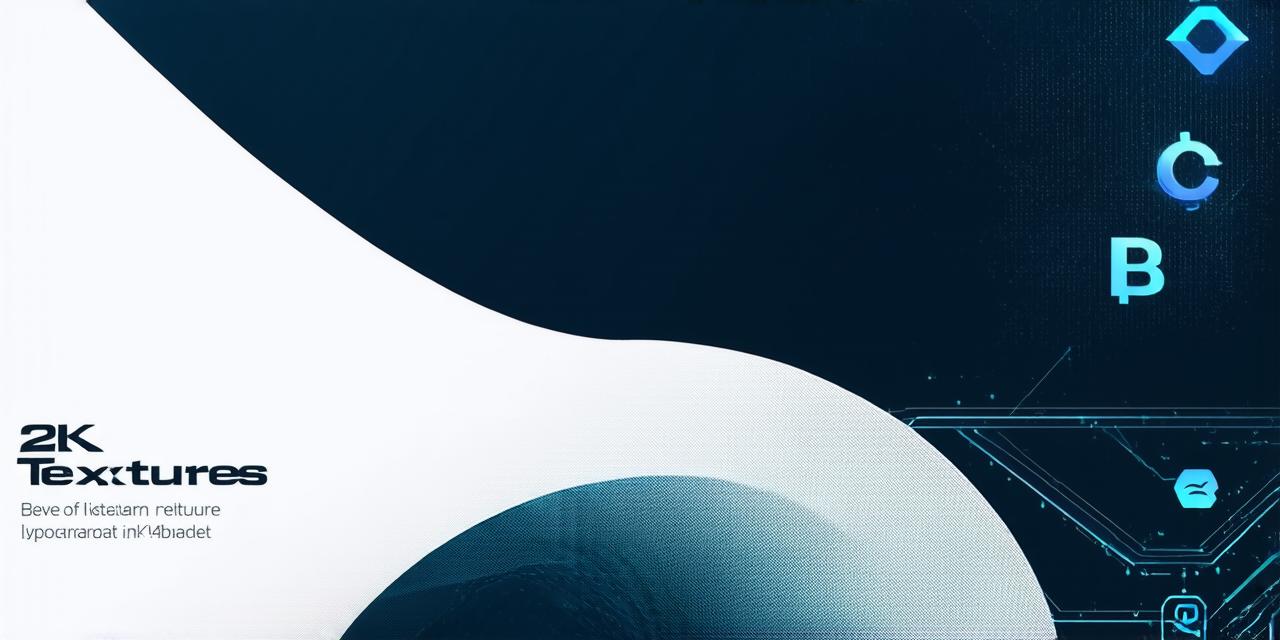Blockchain technology is rapidly gaining traction in various industries, including finance, healthcare, and supply chain management. With so many different blockchain platforms available, it can be overwhelming to choose the right one for your specific use case. In this article, we will explore the most popular blockchain platforms and provide a comprehensive guide on how to choose the right one for your needs.
What is a Blockchain Platform?
A blockchain platform is a software framework that enables developers to build decentralized applications (dApps) using smart contracts. Smart contracts are self-executing programs that automatically execute when certain conditions are met, making them ideal for automating complex processes and eliminating the need for intermediaries.
The Key Features of Popular Blockchain Platforms
There are several popular blockchain platforms to consider when choosing the right one for your project. The following are the key features of some of the most widely used blockchain platforms:
Ethereum
Ethereum is currently the most popular blockchain platform, with a market capitalization of over $300 billion as of August 2021. It was created in 2015 by Vitalik Buterin and has since become the go-to platform for building dApps.
Ethereum is known for its flexibility and scalability, allowing developers to build a wide range of applications on top of it. The Ethereum Virtual Machine (EVM) supports a variety of programming languages, including Solidity, making it easy for developers with varying skill levels to get started.
Another key feature of Ethereum is its ability to support non-fungible tokens (NFTs), which are unique digital assets that can represent anything from art to real estate. This has made Ethereum a popular choice for creators and collectors looking to monetize their work.
However, Ethereum has faced some criticism for its high gas fees, which can make it expensive to use for certain types of applications. Additionally, Ethereum’s scalability has been a concern in recent years as the network struggles to handle the increasing number of users and transactions.
EOS
EOS is another popular blockchain platform that was created in 2018 by Dan Larimer. It is known for its fast transaction speeds, with the ability to process over 1 million transactions per second (TPS). This makes EOS an ideal choice for applications that require high levels of speed and efficiency, such as financial services and gaming.
EOS also has a unique delegated proof-of-stake consensus mechanism, which allows it to achieve faster transaction times than other blockchain platforms. This is achieved by electing 21 “witnesses” who validate transactions and maintain the integrity of the network.
However, EOS has faced some criticism for its centralized nature, as the witnesses have a lot of power over the network and can potentially censor certain types of applications. Additionally, EOS’s lack of developer resources and tooling has made it more difficult for developers to build on the platform.
Tron
Tron is a blockchain platform that was created in 2017 by Justin Sun. It is known for its focus on entertainment and media, with the goal of creating a decentralized content distribution platform.
Tron uses a unique consensus mechanism called “proof-of-stake,” which allows it to achieve high levels of scalability and speed. Tron also has a strong developer community, with numerous resources and tools available for building dApps on the platform.
Cardano
Cardano is a blockchain platform that was created in 2015 by Charles Hoskinson. It is known for its emphasis on security and scalability, with the goal of creating a reliable and efficient platform for building dApps.
Cardano uses a unique consensus mechanism called “proof-of-stake,” which allows it to achieve high levels of scalability and speed while minimizing energy consumption. Cardano also has a strong focus on interoperability, allowing dApps built on the platform to communicate with other blockchain networks.
However, Cardano has faced criticism for its slow development pace, with some users feeling that progress has been too slow. Additionally, Cardano’s lack of developer resources and tooling has made it more difficult for developers to build on the platform.
How to Choose the Right Blockchain Platform for Your Project
Now that we have looked at the key features of some of the most popular blockchain platforms let us discuss how to choose the right one for your project. When choosing a blockchain platform, consider the following factors:
- Use Case
- Development Skills
- Adoption and User Base
- Cost and Gas Fees
- Scalability and Speed
- Developer Resources and Tooling
- Regulatory Environment

In conclusion, when choosing a blockchain platform for your project, consider the use case, development skills, adoption and user base, cost and gas fees, scalability and speed, developer resources and tooling, and regulatory environment. Each platform has its own unique features and strengths, making it important to carefully evaluate your options before making a decision. Ultimately, the right blockchain platform for your project will depend on your specific goals, technical expertise, and compliance requirements.
